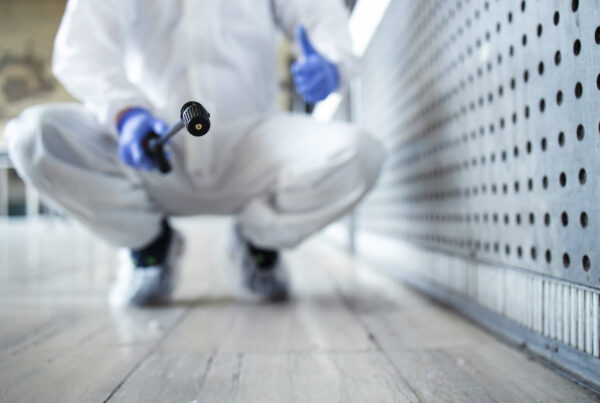Once you’ve completed a professional bed bug treatment, your next step is making sure they don’t come back. Re-infestations can happen without the right follow-up steps. Whether you’re recovering from a severe case or just finished an early-stage treatment, a few preventive habits can make all the difference in keeping your home bed bug-free for good.
Why Post-Treatment Prevention Matters
Professional extermination removes current infestations but without continued vigilance, bed bugs can return. Here’s why prevention is crucial:
- Bed bugs can re-enter from travel or guests.
- Eggs missed during treatment may hatch later.
- Clutter and improper cleaning may give them hiding spots again.
Staying proactive helps protect your investment in professional bed bug treatment and your peace of mind.
What to Do Right After Treatment
1. Follow Your Exterminator’s Post-Treatment Instructions
Every pest control company provides specific post-treatment guidance. Stick to it closely, especially if they recommend:
- Keeping your home closed for a certain number of hours.
- Avoiding vacuuming treated areas immediately.
2. Leave Protective Covers and Clutter-Free Zones in Place
Your professional may have used encasements or left treated areas clear. Don’t undo these steps:
- Keep mattress encasements sealed for at least 12–18 months.
- Avoid placing items under your bed or against bedroom walls.
3. Maintain Clean and Minimalist Living Spaces
Bed bugs love clutter. Keeping your home tidy eliminates their hiding places:
- Regularly vacuum floors, mattresses, and furniture.
- Avoid storing items under beds.
- Minimize clutter, especially in sleeping areas.
4. Use Bed Bug Interceptors
Place these traps under bed legs to detect or prevent movement:
- Easy to install and monitor.
- Can be left in place long term.
5. Laundry Habits That Help
Heat is your best defense against stray bed bugs or eggs:
- Wash and dry bedding weekly on high heat.
- Use hot water cycles for linens and clothes.
6. Be Travel-Wise
Re-introductions often occur after trips:
- Inspect hotel beds and headboards.
- Keep luggage off the floor.
- Wash travel clothes in hot water immediately after return.
What If You Start Noticing Signs Again?
If you begin noticing itchy bites in a linear pattern, black specks (fecal matter) on sheets, tiny blood spots on bedding, it may be time to take action again.
Rather than restarting the DIY cycle, it’s usually more effective to call your bed bug pest control professional promptly. Early intervention keeps a minor issue from becoming a major one.
Learn More: DIY vs Professional Bed Bug Control
Final Thoughts
Preventing bed bugs after treatment isn’t about perfection, it’s about consistency. Small actions like regular cleaning, monitoring, and smart travel habits can make a big difference. But if you suspect a recurrence, professional intervention is the smartest move.
FAQs
How long should I wait to vacuum after treatment?
Most professionals recommend waiting at least 24–48 hours, but follow your pest control company’s specific advice.
Can I wash my bedding right after treatment?
Yes. Washing and drying bedding on high heat helps eliminate any remaining eggs or bugs.
How soon can bed bugs return after treatment?
Without proper prevention, they can return in weeks, especially if brought back in from outside sources like travel or guests.
Are mattress encasements necessary after treatment?
Yes. Encasements trap any remaining bed bugs inside and prevent new ones from hiding in your mattress.
Should I throw away furniture after a bed bug treatment?
Not usually. Most furniture can be salvaged if treated properly and covered afterward with encasements or protective barriers.
Recent Posts / View All Posts




